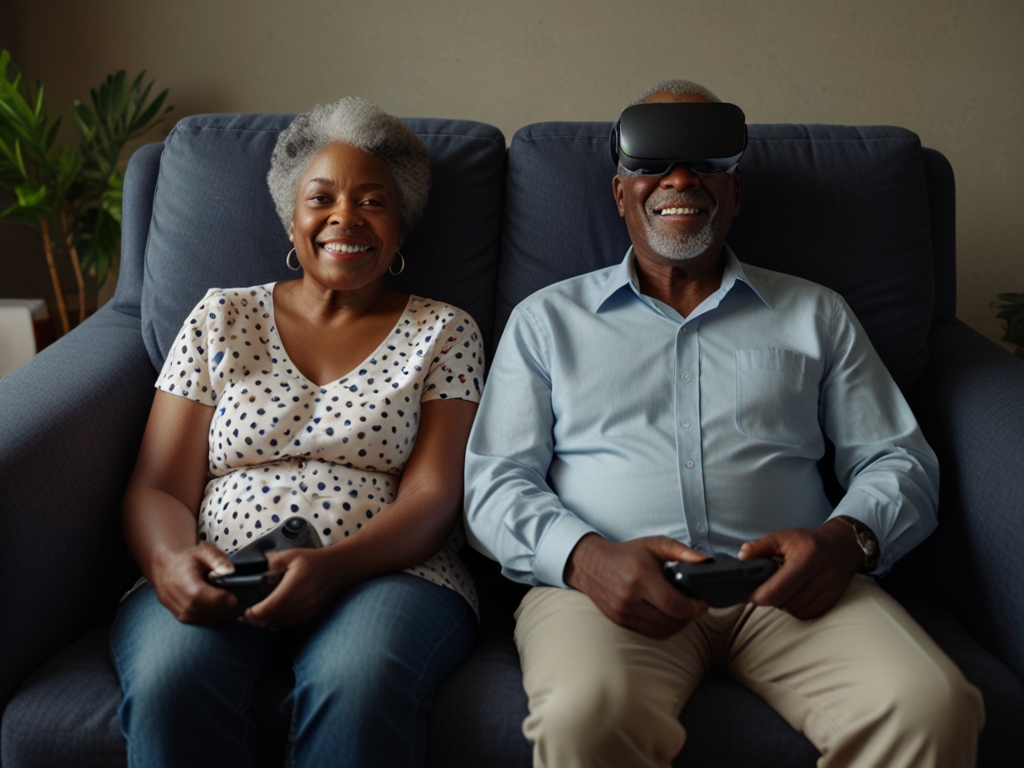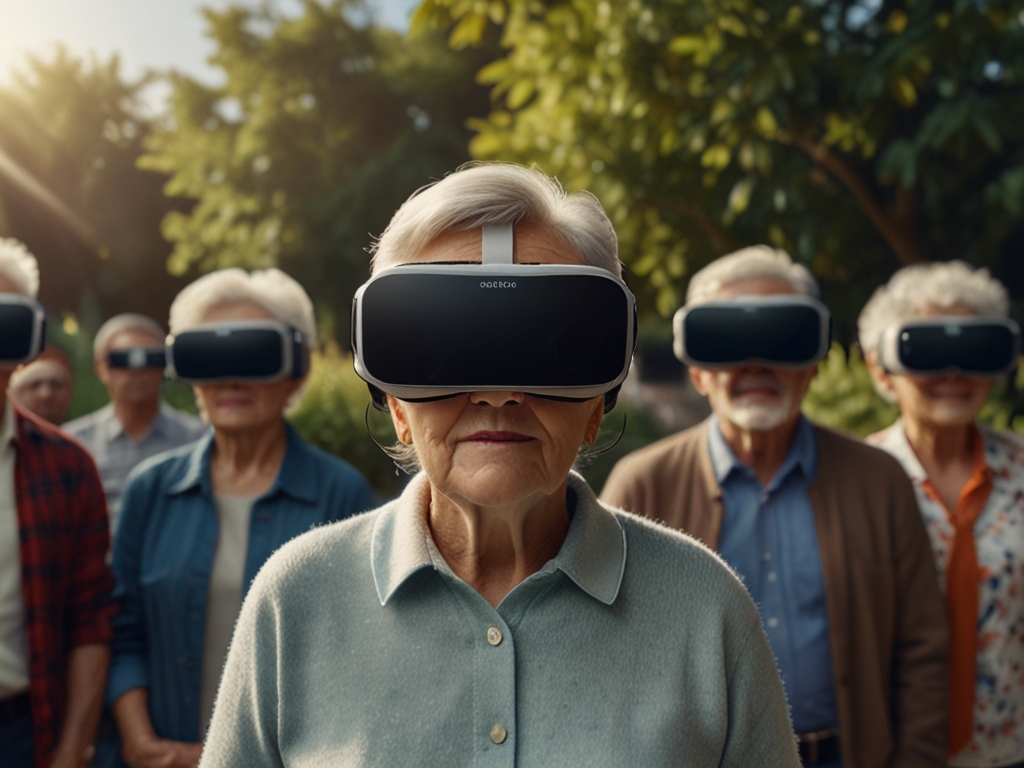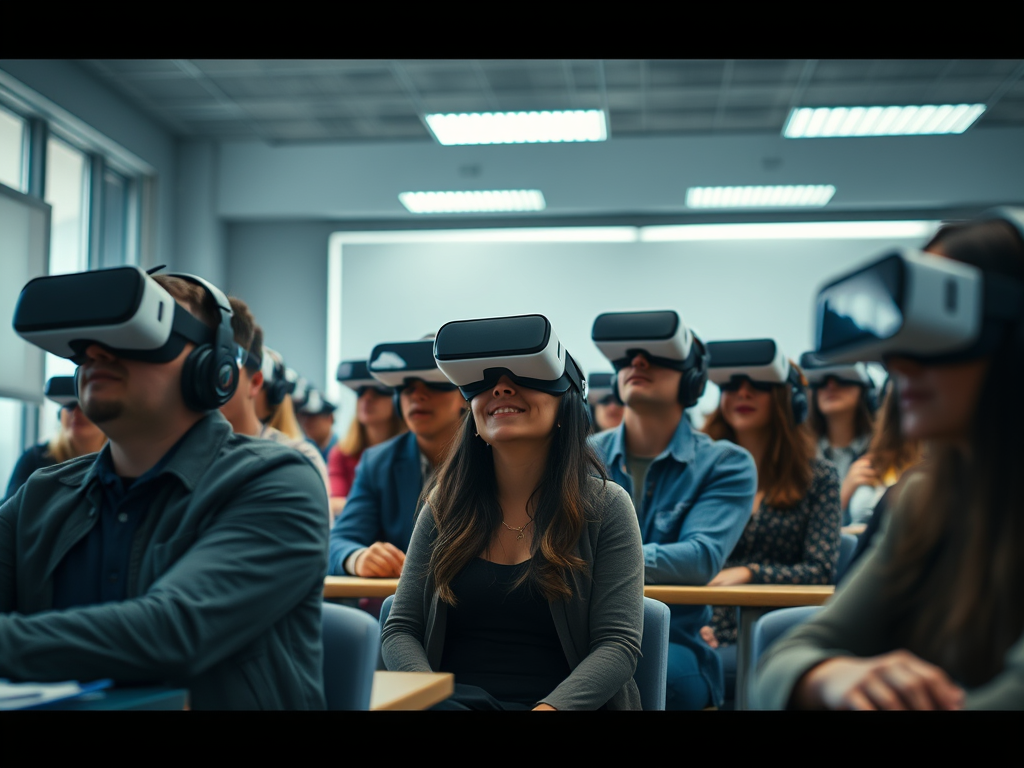This post may contains affiliate links which means I may receive a commission from purchases made through affiliate links.
In recent years, technology has opened up incredible new ways for people to experience the world, and one of the most exciting developments for older adults and people with disabilities is virtual reality (VR) travel. The ability to explore iconic places, natural wonders, and diverse cultures from home is a huge game-changer, especially for those who may face physical challenges that make traditional travel difficult or impossible.

How VR Travel Benefits the Elderly and Disabled
1. Reduced Physical Strain
For elderly people and those with disabilities, travel can come with added challenges like mobility issues, discomfort, or even health risks from extended flights or changes in climate. VR allows people to skip these hurdles and jump straight into immersive travel, where they can explore ancient ruins, cityscapes, or mountain trails from the comfort of their living room.
2. Enhanced Social Interaction
VR travel can become a shared activity, bringing friends and family together. Imagine grandparents experiencing the excitement of seeing famous places with their loved ones—virtually. This not only strengthens relationships but also gives them a sense of social connectedness, which is crucial for mental health, especially in elderly populations.

3. Mental Health and Cognitive Stimulation
Exploring new places and learning about different cultures keeps the mind active. VR allows for continued mental engagement without the usual physical challenges. Plus, the sheer joy of “visiting” somewhere new can help improve mood and reduce feelings of isolation, which are common among the elderly and people with limited mobility.
4. Freedom to Customize and Control the Experience
VR travel lets users take their time and engage on their terms, without the rush that might come with traditional tourism. They can replay visits, pause to soak in details, or explore at a pace that’s comfortable and safe. This type of flexible interaction allows older and disabled users to fully enjoy the experience without feeling pressured or hurried.
5. Exploration Beyond Physical Limits
For many, certain places may never be accessible due to physical limitations, but VR can unlock these otherwise unreachable destinations. Whether it’s visiting the Great Wall of China or exploring underwater reefs, VR allows people to see wonders they might otherwise never experience.
Conclusion: Embracing the New Horizons of VR Travel
VR travel isn’t just a high-tech novelty; it’s a pathway to a richer, more inclusive world where everyone can experience the joy of discovery. For the elderly and those with disabilities, VR makes travel accessible, meaningful, and achievable. It’s amazing to see how VR travel brings freedom and fulfillment, allowing people to experience the world on their own terms—no passport needed.
Post by Marcus Thompson




Leave a Reply